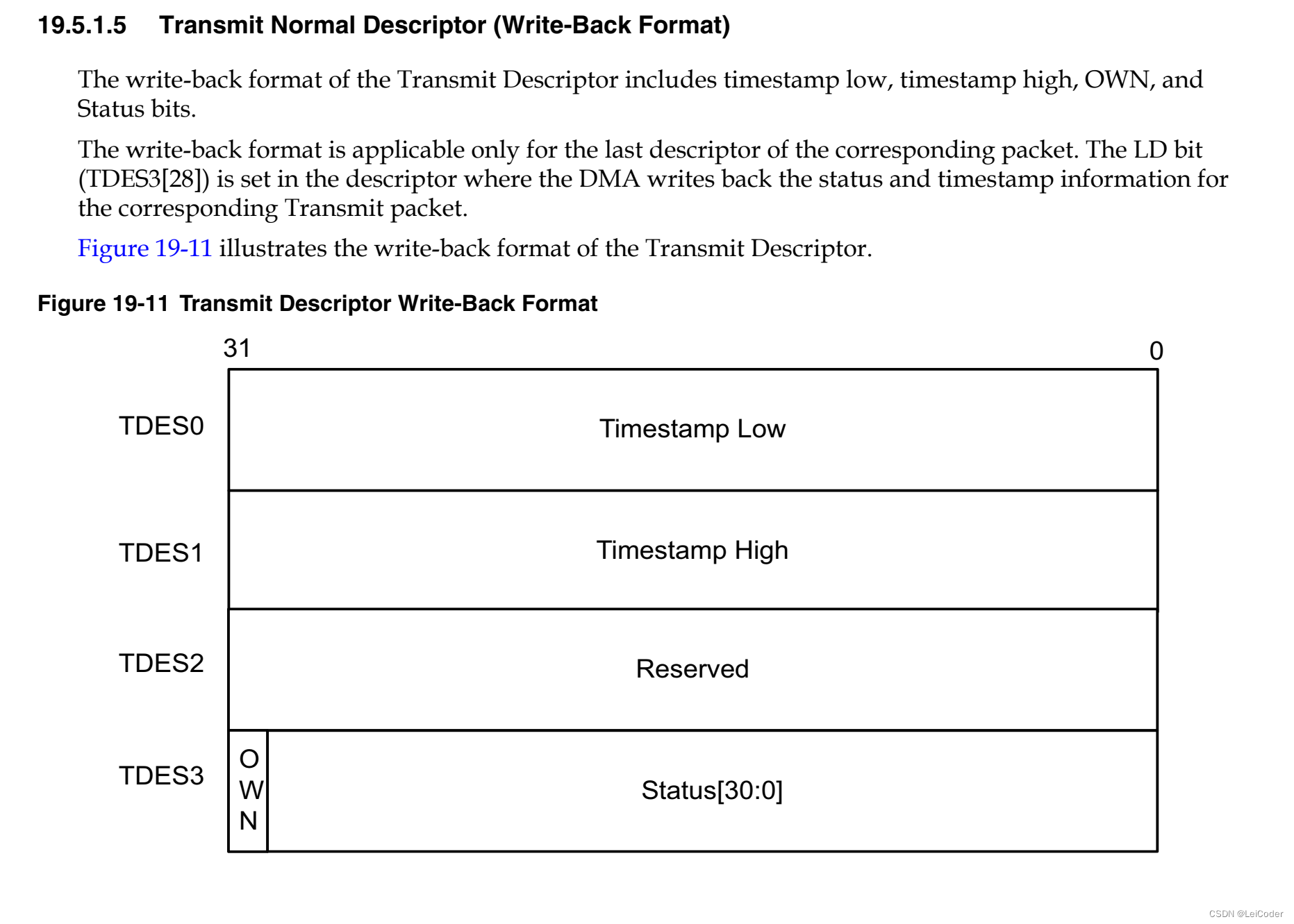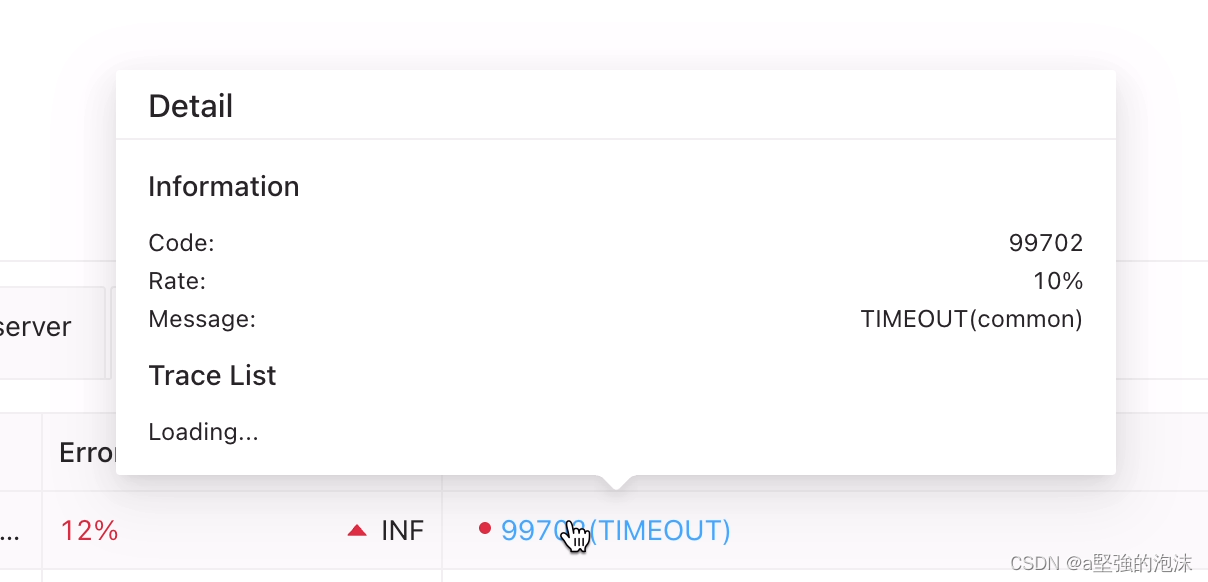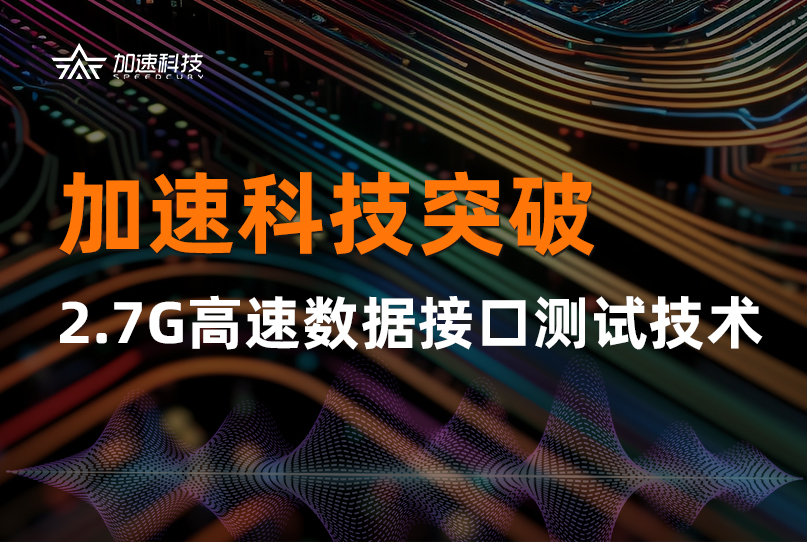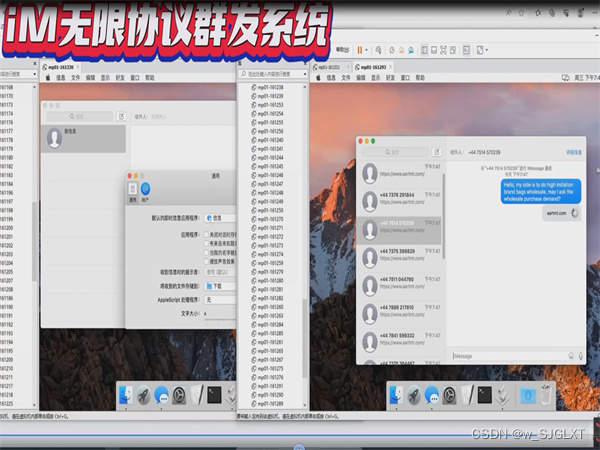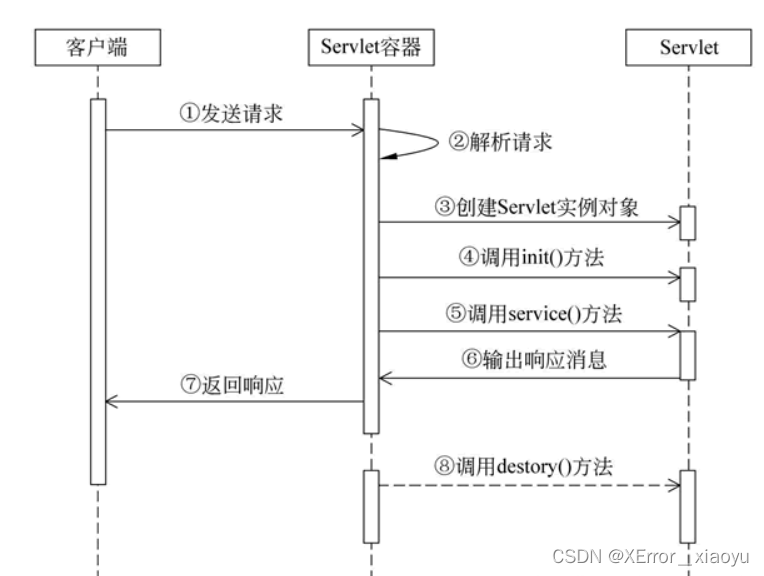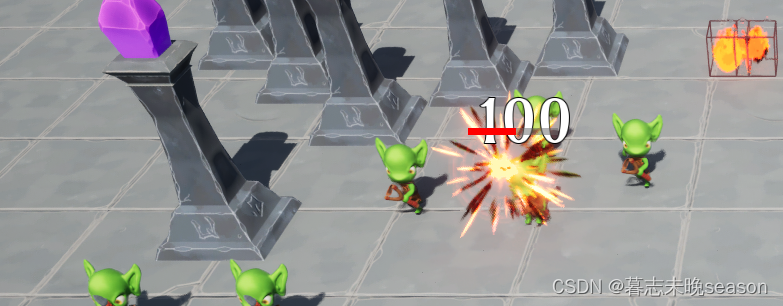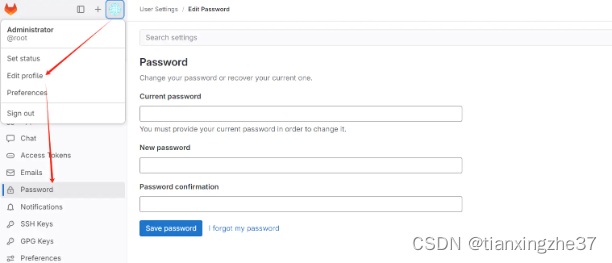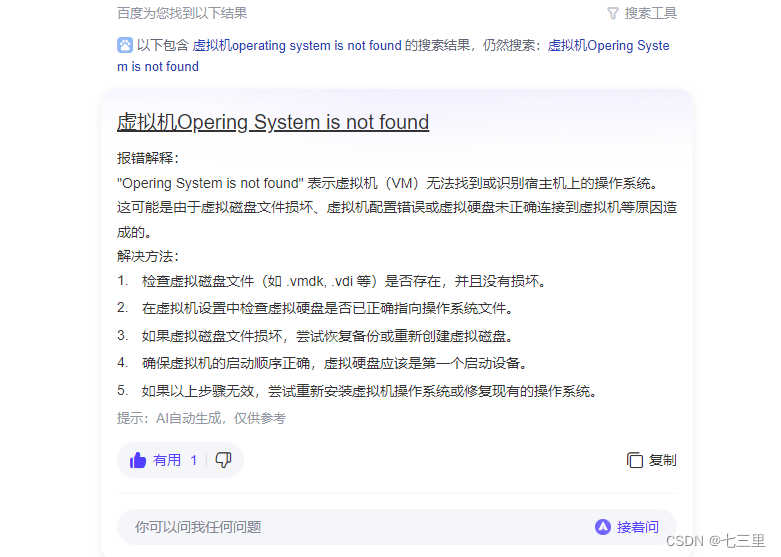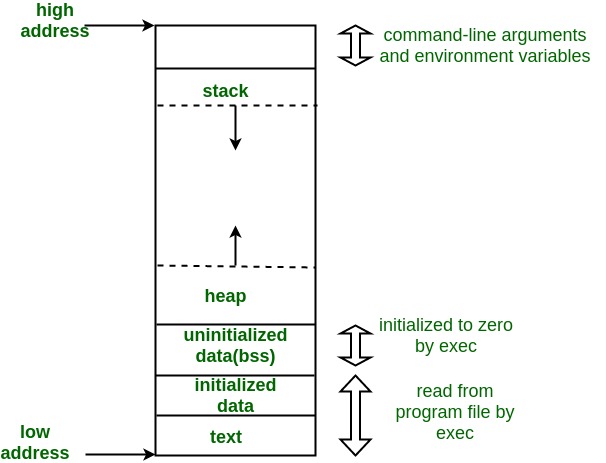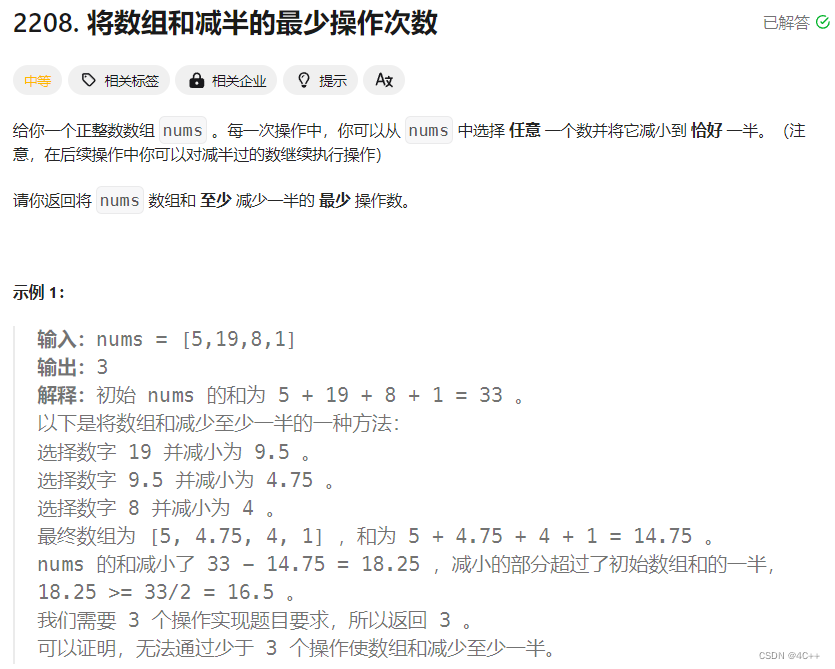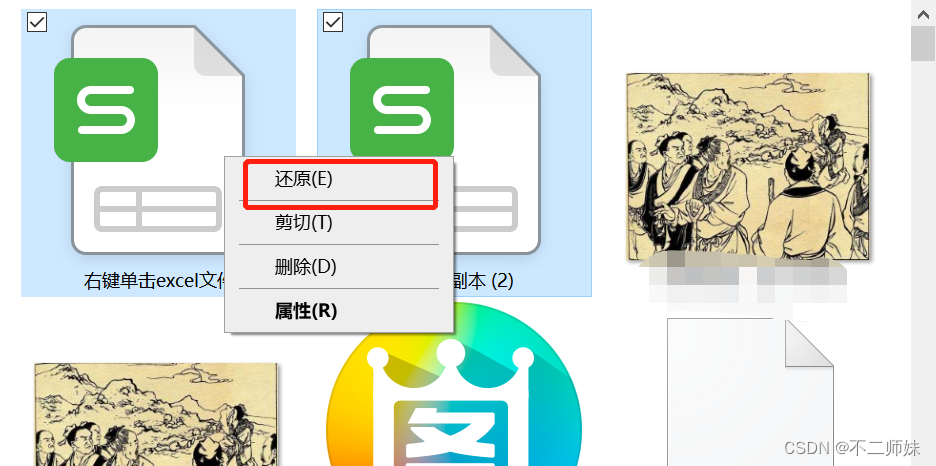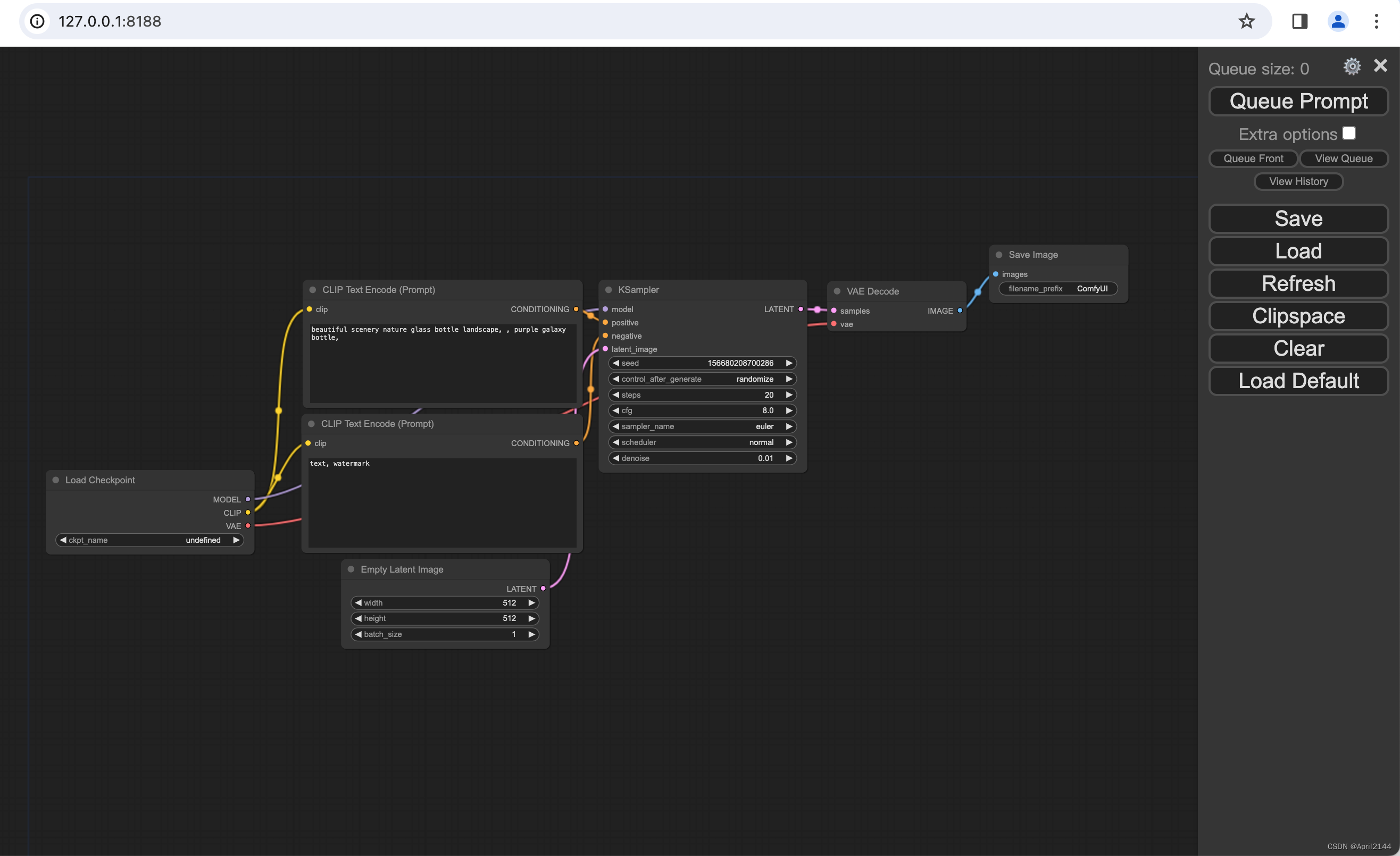依赖来源
1 Spring BeanDefinition(xml,注解,BeanDefinitionBuilder, 还有API实现的单例对象)
2 Spring 内建BeanDefinition
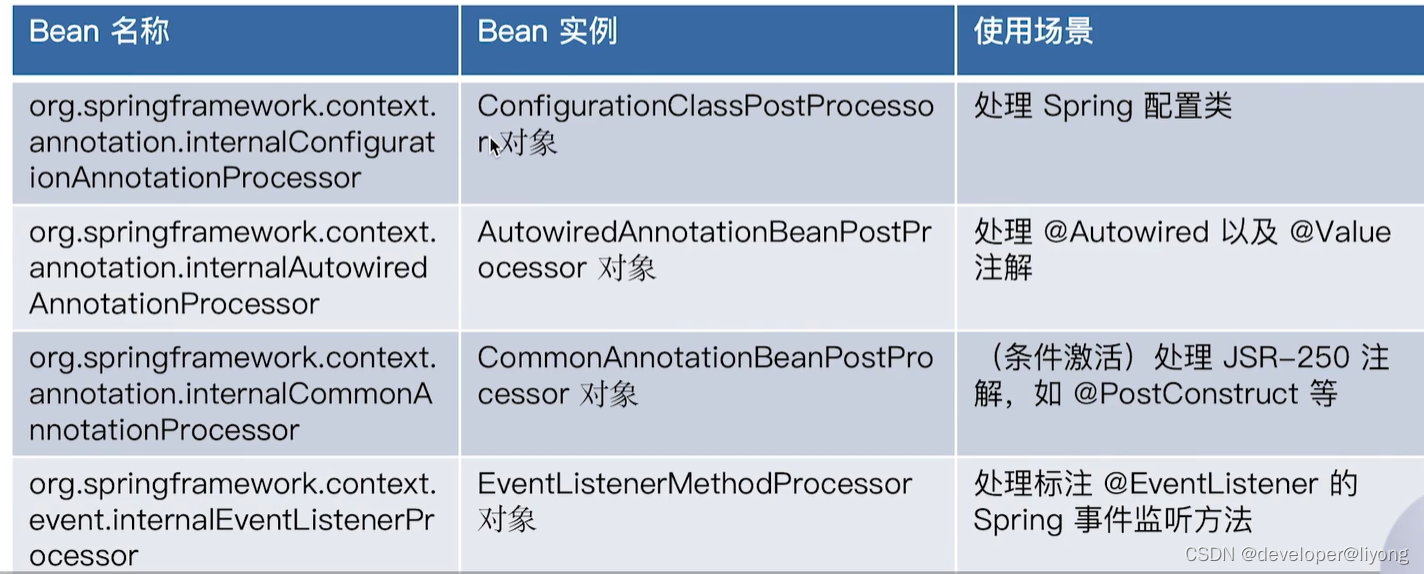
3 内建单例对象
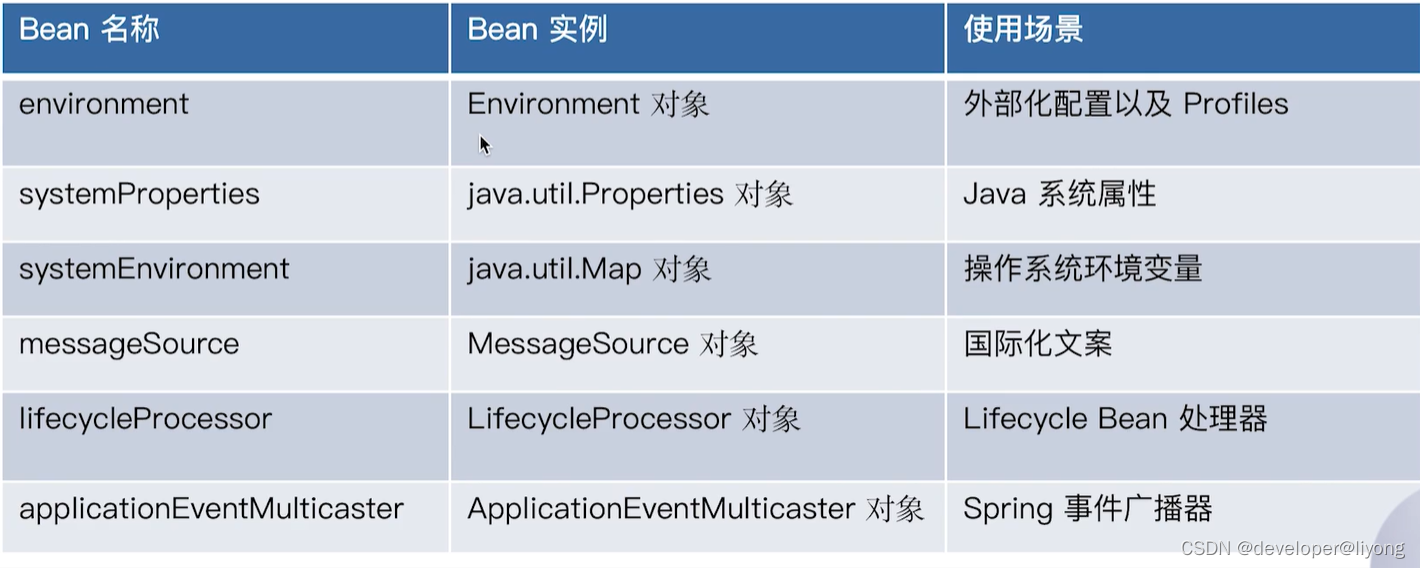
依赖注入和依赖查找的区别
Context.refresh() 的时候会调用这个方法:prepareBeanFactory(beanFactory)注入下面这几个对象:

我们可以看到在依赖查找的时候用到了:
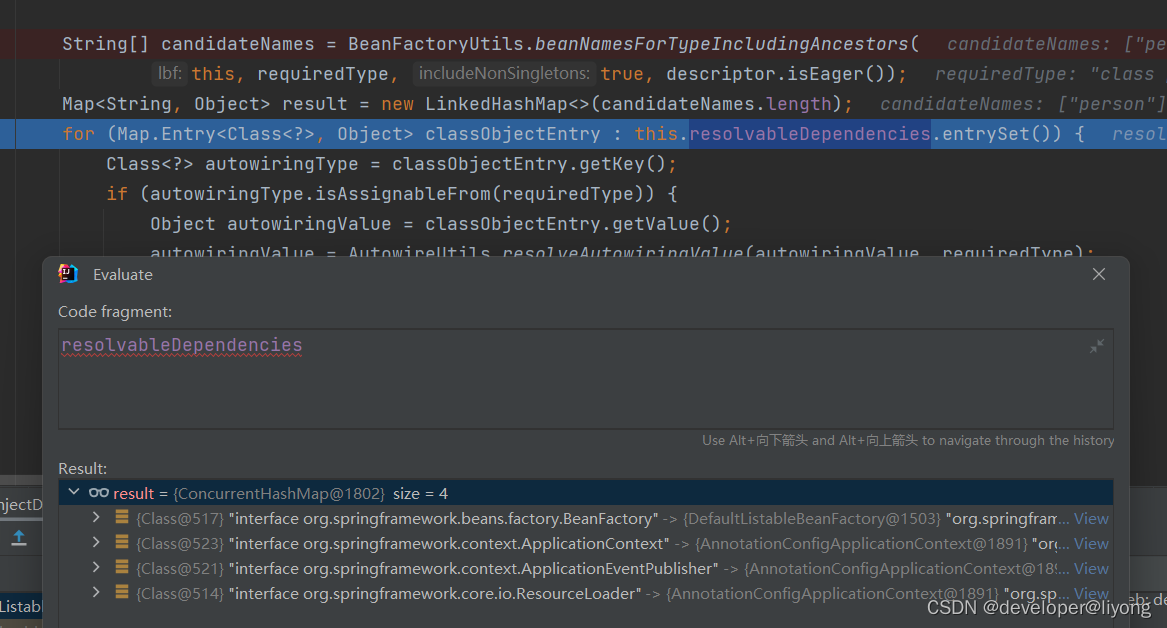
public class DependencySourceDemo {
// 字段注入注入postProcessProperties 方法执行 早于setter注入 也早于 @PostConstruct
@Autowired
BeanFactory beanFactory;
@Autowired
ResourceLoader resourceLoader;
@Autowired
ApplicationContext applicationContext;
@Autowired
ApplicationEventPublisher publisher;
@PostConstruct
public void init() {
System.out.println(beanFactory == applicationContext);
System.out.println(beanFactory == applicationContext.getAutowireCapableBeanFactory());
System.out.println(resourceLoader == applicationContext);
System.out.println(publisher == applicationContext);
}
@PostConstruct
public void initLookUp() {
getBean(BeanFactory.class);
getBean(ApplicationEventPublisher.class);
getBean(ApplicationContext.class);
getBean(ResourceLoader.class);
}
public <T> T getBean(Class<T> type) {
try {
beanFactory.getBean(type);
} catch (NoSuchBeanDefinitionException e) {
System.err.println("无法在当前容器总找到" + type + "类型的bean");
}
return null;
}
public static void main(String[] args) {
AnnotationConfigApplicationContext context = new AnnotationConfigApplicationContext();
context.register(DependencySourceDemo.class);
context.refresh();
}
}
运行结果:

所以说依赖注入会比依赖查找多这样几个对象。
依赖来源及依赖使用场景
比较这几种来源的使用场景:
单体对象也就是内建的单例对象

1 Spirng BeanDefinition 通过 DefaultListableBeanFactory#registerBeanDefinition进行注册
这个方法后面会有这样一段代码,前者是存储了beanName和beanDefinition 后者是为了保证顺序,因为后者是一个ArrayList

2 单体对象
由SingletonBeanRegistry#registerSingleton
限制是没有生命周期管理的,也无法实现延迟初始化。

为什么ConcurrentHashMap还有加锁呢?
因为我们查找了以后如果没有还需要往里面放,所以也存在线程安全问题。
我们看到这里还有一把锁,是因为这个方法可能会被单独使用,但是其实这里锁的是同一个对象,如果是同一个线程内没有额外加锁。

同样这里也使用了LinkedHashSet保证了有序:

非容器托管的对象
DefaultListableBeanFactory#registerResolvableDependency
限制:
没有生命周期
无法实现延迟初始化
无法通过依赖查找
public class ResolvableDependencySourceDemo {
@Autowired
String value;
public static void main(String[] args) {
AnnotationConfigApplicationContext context = new AnnotationConfigApplicationContext();
context.register(ResolvableDependencySourceDemo.class);
context.addBeanFactoryPostProcessor(beanFactory -> {
beanFactory.registerResolvableDependency(String.class, "demo");
});
context.refresh();
ResolvableDependencySourceDemo bean = context.getBean(ResolvableDependencySourceDemo.class);
System.out.println(bean.value);
}
}
这里为什么要这样写呢?通过回调函数,因为我们依赖注入的时候如果容器启没有refresh beanFactory.registerResolvableDependency(String.class, “demo”);这个时候注册会报错,如果启动了,我们可不可以把这个注册写到refresh之后呢?不可以因为这个时候上面的@Autowired 注入的时候找不到这个bean也会报错,所以通过回调函数的方式来处理,当Factory创建好以后进行注册。
外部化配置作为依赖
没有生命周期
无法实现延迟初始化
无法通过依赖查找
@Configuration
@PropertySource(value = "meta-info/demo.properties", encoding = "GBK")
public class ExtDependencyDemo {
@Value("${usr.name}")
private String name;
@Value("${usr.pass}")
private String pass;
public static void main(String[] args) {
AnnotationConfigApplicationContext context = new AnnotationConfigApplicationContext();
context.register(ExtDependencyDemo.class);
context.refresh();
ExtDependencyDemo bean = context.getBean(ExtDependencyDemo.class);
System.out.println(bean.pass);
System.out.println(bean.name);
}
}
参考资料:小马哥核心编程思想

![[虚拟机+单机]梦幻契约H5修复版_附GM工具](https://img-blog.csdnimg.cn/img_convert/8134b7c7525b01d479759b4b1c46a781.webp?x-oss-process=image/format,png)

